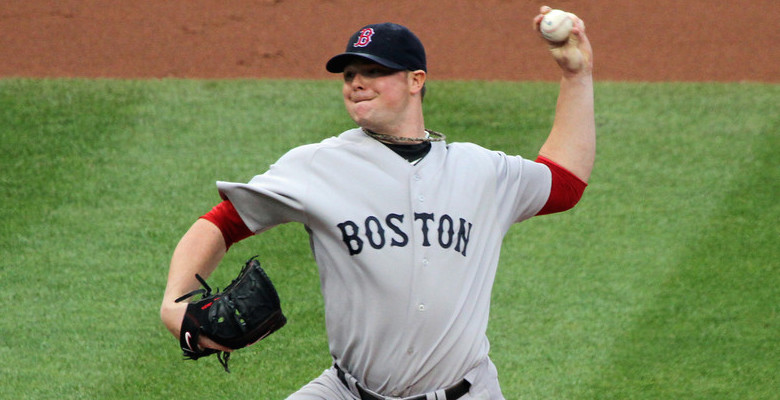First, a cheap, sexy plug that’s relevant to the what follows: I wrote about the Cleveland Indians in the BP Annual this year. I did not write about the Indians because I love Cleveland, but because I was asked to write about Cleveland. That was lucky. I love Cleveland, starting with Major League, duh, and continuing to this day. I have gone to Cleveland for fun on several occasions, and I have had such delirious good times that I have nothing but good things to say about it. I am mostly critical of things that annoy me on a regular basis, and Cleveland escapes this scrutiny. (The flip side: Justin Masterson, why is it always so hard?)
Anyway, this year’s Indians are a construction marvel. Nearly the entire starting roster spot is filled by a reasonably paid, above-average baseball player in his prime. What the front office, led by Chris Antonetti, lacks in maneuvering room with its roster, it makes up for in construction efficiency, save for Nick Swisher and Michael Bourn, the albatrii in the outfield. It’s taken a while to get contend, and they’ve rebuilt during a period in which the Red Sox have purged, binged, and purged again, only to find themselves in the same spot as Cleveland after an August, September and offseason of trying.
The Red Sox are no longer Mad Money rebuilders; they are no longer concerned with showing the size of their… spreadsheets? That’s Dodgers and Cubs territory now, which is why the Cubs ended up with Jon Lester for $6 trillion through age 452 (453 season), while the Sox have Rick Porcello for four years and $80 million. The Red Sox are not hurting for cash, but they are emulating the clubs that are. The Indians don’t have a starter who is 30 years old. The Rays went three years without having a starter over the age of 29. The conventional wisdom has always been that relievers are fungible; the Red Sox’s business plan presupposes that with the advantages they’ve accrued on offense, live-enough-arms are fungible as well.
The Red Sox are no longer Mad Money rebuilders; they are no longer concerned with showing the size of their spreadsheets.
Cleveland’s starters aren’t fungible, but they’ve been at it longer because they lack the Buy it Now freedom that the Red Sox, Dodgers, Yankees and Dodgers, for example, have in perpetuity when it comes to top pitchers. The Lesters of the world aren’t for the Indians, though they had a shot at him, in theory. Sometimes the ruling parties don’t even give them a chance at top talent. The Red Sox-Dodgers sending-kids-to-live-with-their-uncles trade of Adrian Gonzalez, Carl Crawford and Josh Beckett was the singular event that sent us toward MLB’s status quo in what was basically ruling-class collusion. The only recourse teams like the Indians have is to put away the bank slips and beat butts on the field.
The is the beauty of the sport: talent overcomes all, and, generally speaking, most good baseball players are between the ages of 25 and 30. The Indians, Rays, and Red Sox (and others — this is not meant to be a comprehensive list) have placed bets on reliable gains in productivity across the entire roster instead of obviously overspending on one or several players. The Indians have overspent twice, and it has burnt them insofar as they’ve lost most of their wiggle space, outside of what seems like the inevitable trade of Jose Ramirez to San Diego. The Red Sox have far more room, and they’ve made space, mostly in the rotation, by buying patently above-average baseball players at market price, provided the age was more or less right.
It’s so simple that it’s brilliant, and in a way it renders a lot of analysis — well, not meaningless, but certainly less dense. The Sox’s rotation is one you could make from reading the stats on old baseball cards, and the Indians have shown that if you get guys who are are just good enough, one of them might go from relatively anonymous starter to Cy Young Award winner, and a second to do it the next year, and, voila, you’re contenders, at least to your enthusiastic biographers. To them, to me, the Indians are exciting: a team primed to reach its peak. The Red Sox want to make it their baseline, and I’m all for it.
Photo by Kelly O’Connor, sittingstill.smugmug.com

1 comment on “Turning Twosday: A Player's Prime and Cherington's Choice”
Comments are closed.